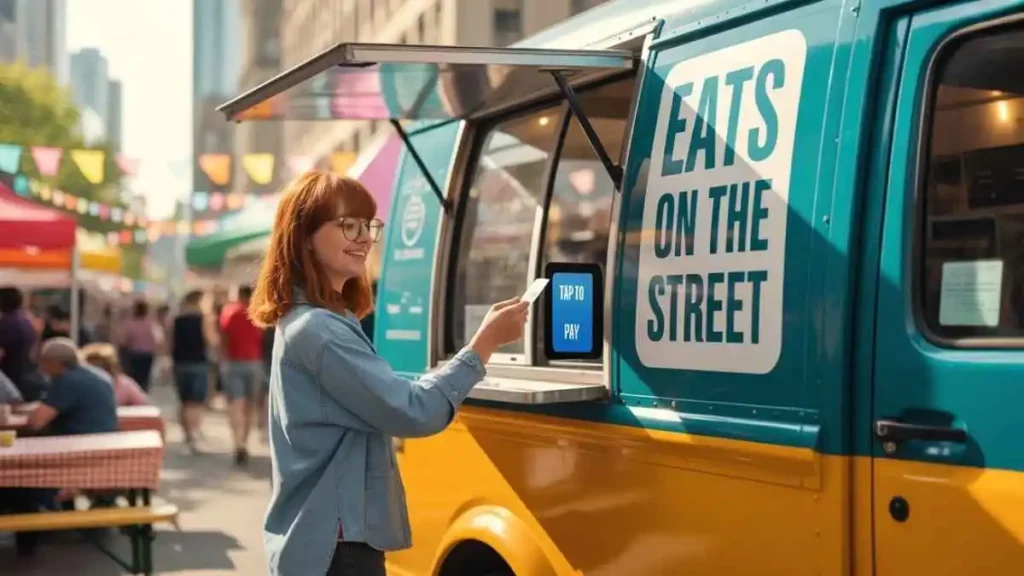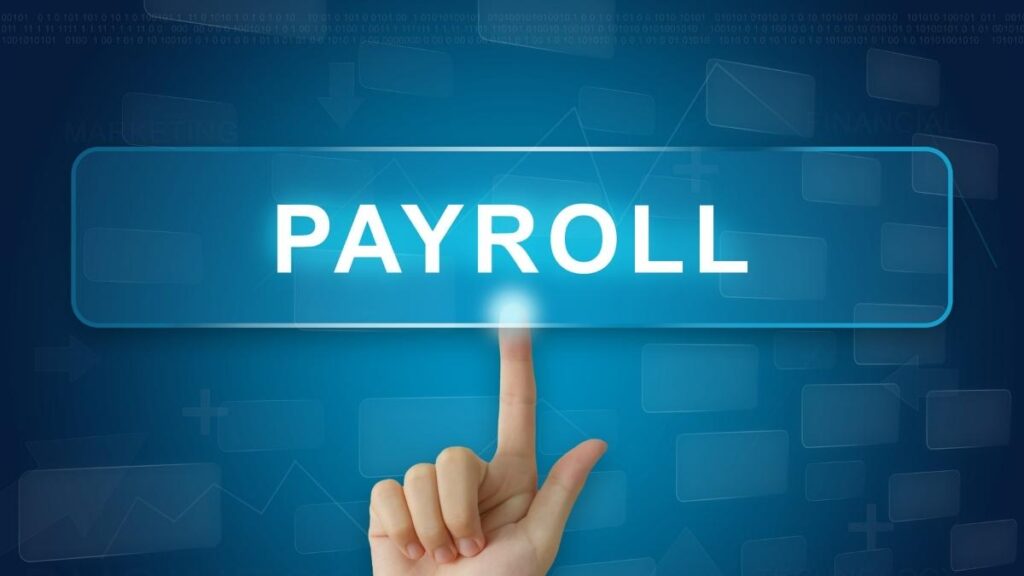
Food trucks have become a huge part of American dining culture—whether it’s grabbing tacos during lunch, getting gourmet coffee from a mobile café, or enjoying BBQ at a local festival. But when it comes to payment, many people still wonder: Do food trucks accept credit cards?
The short answer: Yes, most U.S. food trucks now accept credit cards. However, there are still some that remain cash-only. Let’s break down why, what options you have as a customer, and how food truck owners can make payments easier.
Do Most Food Trucks Take Credit Cards Today?
A decade ago, food trucks were primarily cash-only due to limited technology and high processing fees. Today, the landscape is different. Affordable and mobile payment systems like Square, Clover, PayPal Zettle, and Toast have made it possible for even the smallest vendors to swipe or tap a card.
- Surveys suggest that over 80% of U.S. food trucks now accept some form of card payment.
- Many even offer contactless payments like Apple Pay, Google Pay, and Samsung Pay.
- Still, at smaller events or rural locations, some trucks may prefer cash to avoid processing fees.
Common Payment Methods Used by Food Trucks
Food truck owners today have multiple tools to accept payments quickly and securely. Here are the most common ones you’ll see in the U.S.:
- Square – One of the most popular options. Offers card readers, POS systems, and easy mobile payments.
- Clover – A full-service POS system with apps and inventory management.
- PayPal Zettle – Good for small vendors; integrates with PayPal accounts.
- Toast – Designed for restaurants and food services, often used by larger food trucks.
- Cash App / Venmo QR Codes – Some trucks display QR codes for digital wallet payments.
Benefits of Paying with a Credit Card at Food Trucks
For customers, swiping or tapping a card has several advantages compared to carrying cash:
1. Rewards and Cashback
Using a credit card at food trucks can earn you points, miles, or cashback, especially if your card has dining or restaurant bonus categories.
2. Security
Credit cards offer fraud protection, unlike cash. If a charge is incorrect, you can dispute it with your bank.
3. Convenience
No need to carry exact change—just tap, swipe, or insert your card.
4. Budget Tracking
Your spending shows up in your online banking app, making it easier to track food expenses.
Possible Downsides of Paying with a Credit Card
While credit cards are widely accepted, there are a few small drawbacks to be aware of:
- Minimum Purchase Amounts – Some trucks require a $5–$10 minimum to use a card.
- Surcharges or Fees – A few vendors pass on a 2–3% credit card processing fee to customers.
- Connectivity Issues – At crowded events, card readers may struggle with poor internet signals, causing delays.
- Cash Discounts – Some food trucks offer lower prices for cash payments.
Tips for Food Truck Owners on Accepting Credit Cards
If you run a food truck, offering card payments is almost essential today. Here’s how to do it affordably:
- Choose the Right Processor – Compare Square, Clover, and PayPal Zettle for transaction fees and features.
- Offer Contactless Payments – Many customers prefer Apple Pay or Google Pay over physical cards.
- Be Transparent About Fees – If you add a surcharge, make sure it’s clearly displayed.
- Invest in Reliable Hardware – Use card readers that work offline in case of internet issues.
- Track Sales Digitally – POS systems make inventory and tax reporting much easier.
What to Do If a Food Truck Is Cash-Only
While most food trucks now accept cards, you might still run into a cash-only situation. Here are some tips:
- Carry a Small Amount of Cash – $20–$40 is usually enough for food truck events.
- Use Nearby ATMs – Many festivals have ATM stations, though fees can be high.
- Ask About Mobile Wallets – Some cash-only trucks may still accept Venmo, Cash App, or Zelle.
- Plan Ahead – If you know the truck you want to visit, check their website or social media for accepted payment methods.
Side-by-Side Comparison: Paying Cash vs. Credit Card at Food Trucks
| Payment Method | Pros | Cons |
|---|---|---|
| Credit Card | Rewards, security, convenience, budgeting | Possible fees, minimum spend, tech issues |
| Cash | No fees, possible discounts, always works | Less secure, no rewards, need exact change |
| Mobile Wallet (Apple Pay, Venmo, Cash App) | Fast, contactless, secure | Not accepted everywhere, requires smartphone |
FAQs About Food Trucks and Credit Card Payments
1. Do all food trucks in the U.S. accept credit cards?
No. While most accept cards, some small or independent trucks remain cash-only.
2. What’s the most common credit card system for food trucks?
Square is the most widely used system, thanks to its low fees and easy setup.
3. Can I earn credit card rewards on food truck purchases?
Yes! Most issuers categorize food truck purchases as dining or restaurants, which may earn you bonus points.
4. Why do some food trucks charge extra for credit card payments?
Because processors charge 2–3% per transaction, some vendors pass that fee onto customers.
5. What should I do if a food truck only takes cash?
Carry a little cash, use an ATM nearby, or ask if they accept Venmo/Cash App.
6. Do food trucks accept contactless payments like Apple Pay?
Yes, many do—especially those using modern systems like Square or Clover.
Conclusion: Credit Cards Are Widely Accepted at Food Trucks
The days of food trucks being strictly cash-only are mostly behind us. Today, the majority of food trucks in the U.S. accept credit cards and even mobile wallets, making dining on the go easier and more rewarding.
Still, it’s smart to carry a little cash—just in case. Whether you’re enjoying a quick lunch in the city or exploring a food truck festival, having multiple payment options ensures you never miss out on your favorite meal.

Emma Rose is a U.S.-based personal finance writer and a regular contributor at Cardix.us. She focuses on topics like credit cards, credit scores, and everyday money management. Emma’s writing makes complex financial concepts simple and practical, helping readers make smarter credit and spending decisions with confidence.


